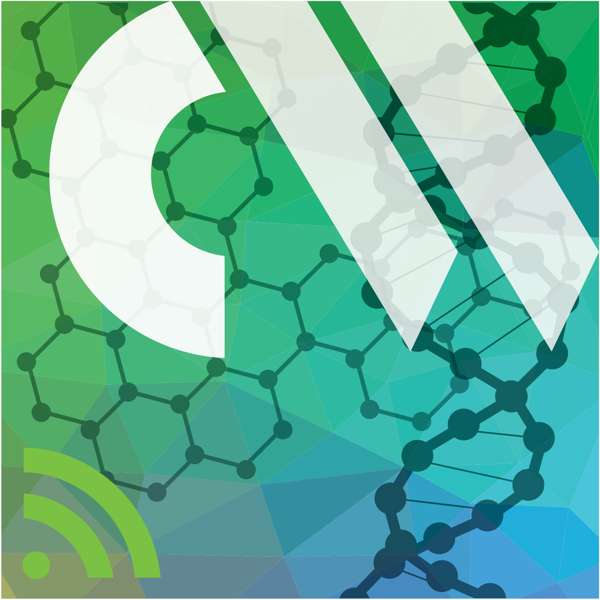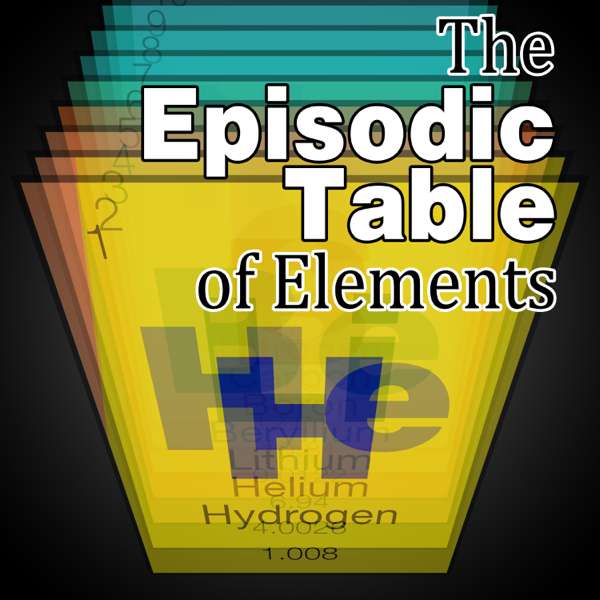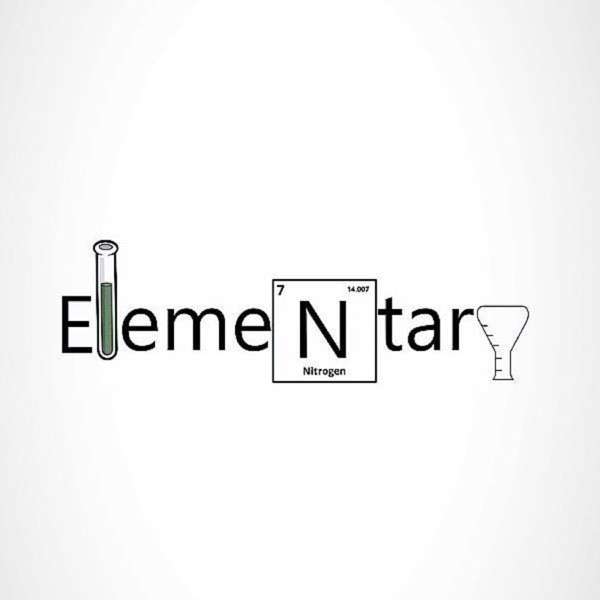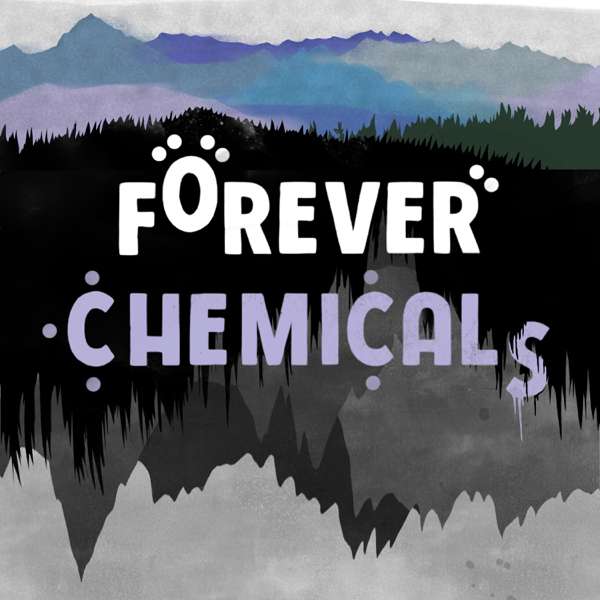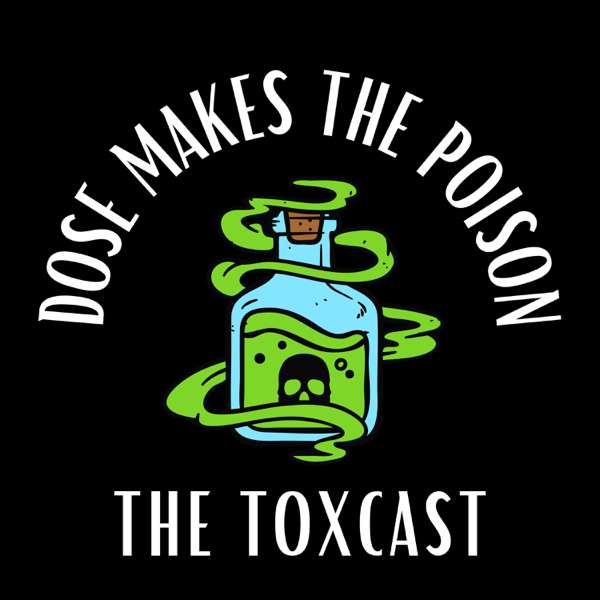In April 1988 Harvard University was awarded a patent that was the first of its kind. U.S. Patent Number 4,736,866 was small, white, and furry, with red beady eyes. His name was OncoMouse.
The mouse, genetically engineered to have a predisposition for cancer, allowed researchers to study the disease in an intact living organism. It promised to transform cancer research, but not everyone was happy. Most critics were wary of patenting life forms at all. But academic scientists were also worried about the collision of commercial and academic science. It forced them to face difficult questions: Who should pay for science? Who does scientific knowledge belong to? And should science be for the good of the public or for profit?
Credits
Hosts: Alexis Pedrick and Elisabeth Berry Drago. Senior Producer: Mariel Carr Producer: Rigoberto Hernandez Reporter: Jessie Wright-Mendoza Photo illustration by Jay Muhlin. Additional audio production by Dan Drago.
Music
Additional music courtesy of the Audio Network.
Research Notes
Interviews:
Elizabeth Popp Berman, Associate Professor of Sociology, SUNY Albany, and author of Creating the Market University: How Academic Science Became an Economic Engine. David Einhorn, House Counsel, Jackson Laboratory. Harold Varmus, Professor of Medicine, Weill Cornell Medicine. Ken Paigen, Executive Research Fellow and Professor, Jackson Laboratory.
Sources: Adler, Jerry. "The First Patented Animal Is Still Leading the Way on Cancer Research." Smithsonian Magazine, December 2016.
Chakrabarty, Ananda. Microorganisms having multiple compatible degradative energy-generating plasmids and preparation thereof. U.S. Patent 4259444A, filed June 7, 1981, and issued March 31, 1981.
Diamond v. Chakrabarty, 447 U.S. 303 (1980).
"Fortune Names Its '88 Products of the Year." Associated Press, November 17, 1988.
Hanahan, Douglas, Erwin Wagner, and Richard Palmiter. "The Origins of Oncomice: A History of the First Transgenic Mice Genetically Engineered to Develop Cancer." Genes and Development 21 (2007), 2258–2270.
Leder, Philip, and Timothy Stewart. Transgenic non-human mammals. U.S. Patent 4736866A, filed June 22, 1984, and issued April 12, 1988.
Leonelli, Sabina, and Rachel Ankeny. "Re-Thinking Organisms: The Impact of Databases on Model Organism Biology." Working paper, University of Exeter, April 5, 2011. Published in Studies in History and Philosophy of Science Part C 43:1 (2012), 29–36.
Morse, Herbert C. III, ed. Origins of Inbred Mice. New York: Academic Press, 1978. Google Books.
Murray, Fiona. "The Oncomouse That Roared: Resistance and Accommodation to Patenting in Academic Science." Working paper, Massachusetts Institute of Technology, 2006. Published in American Journal of Sociology 116:2 (2010), 341–388.
National Association for Biomedical Research. "Mice and Rats." Mice and Rats. Washington, DC, 2018. nabr.org.
National Museum of American History. "OncoMouse." Washington, DC, 2018. americanhistory.si.edu.
Palmer, Brian. "Jonas Salk: Good at Virology, Bad at Economics." Slate, April 13, 2014.
Rader, Karen. "The Mouse People: Murine Genetics Work at the Bussey Institution, 1909–1936." Journal of the History of Biology 31:3 (Autumn 1998), 327–354.
Russell, Elizabeth. "Origins and History of Mouse Inbred Strains: Contributions of Clarence Cook Little." Jackson Laboratory, Bar Harbor, Maine. informatics.jax.org.
Schneider, Keith. "New Animal Forms Will Be Patented." New York Times, April 17, 1987.
Specter, Michael. "Can We Patent Life?" New Yorker, April 1, 2013.
Archival Sources:
Achbar, Mark, and Jennifer Abbott, dir. The Corporation. Canada: Big Picture Media Corporation, 2003.
Albert and Mary Lasker Foundation. "Lasker Archives: Passion and Optimism in Scientific Research." April 9, 2017, laskerfoundation.org. On the 1987 Albert Lasker Basic Medical Research Award.
Murrow, Edward. See It Now (Jonas Salk). CBS, April 12, 1955. paleycenter.org
Potter, Deborah, and Dan Rather. "Animal Patents." CBS Evening News, April 12, 1988.
Ronald Reagan Presidential Library. "Candidacy for Presidency: Ronald Reagan's Announcement for President of U.S." November 13, 1979. youtube.com.

 Our TOPPODCAST Picks
Our TOPPODCAST Picks  Stay Connected
Stay Connected



